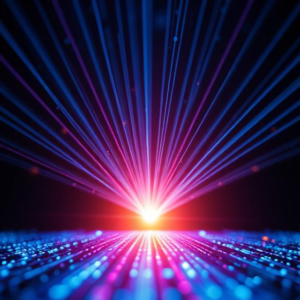Optoelectronics is a field of electronics that involves the study and application of electronic devices that source, detect, and control light. It combines optical and electronic technologies to enable the generation, transmission, and detection of light.

Basic Principles of Optoelectronics:
· Optical Communication: Transmitting information through light, typically via fiber optics. It offers high data transfer rates and is immune to electromagnetic interference.
· Photodetection: Detecting light and converting it into an electrical signal, which is essential in applications such as cameras and light sensors.
· Light Emission: The generation of light using various materials and techniques, including LEDs and lasers.
Applications of Optoelectronics:
How it works: Photons from sunlight are absorbed by semiconducting materials, generating electrical current.
Tags: cameras, electrical current generation, electrical signal conversion, electromagnetic interference immunity, electronic devices, Electronics, endoscopes, energy-efficient displays, Fiber Optics, heat monitoring, high data transfer rates, image formation, infrared sensors, laser diodes, laser printers, laser surgery, lasers, LED displays, LEDs, light, light control, light detection, light emission, light sensors, light source, medical imaging, night vision, OLEDs, Optical communication, optical technology, Optoelectronics, photodetection, photodetectors, photodynamic therapy, Photovoltaics, scanning laser beam, screens, security cameras, semiconducting materials, Solar cells, sunlight conversion, thermal imaging, vital sign sensors, X-ray machines


